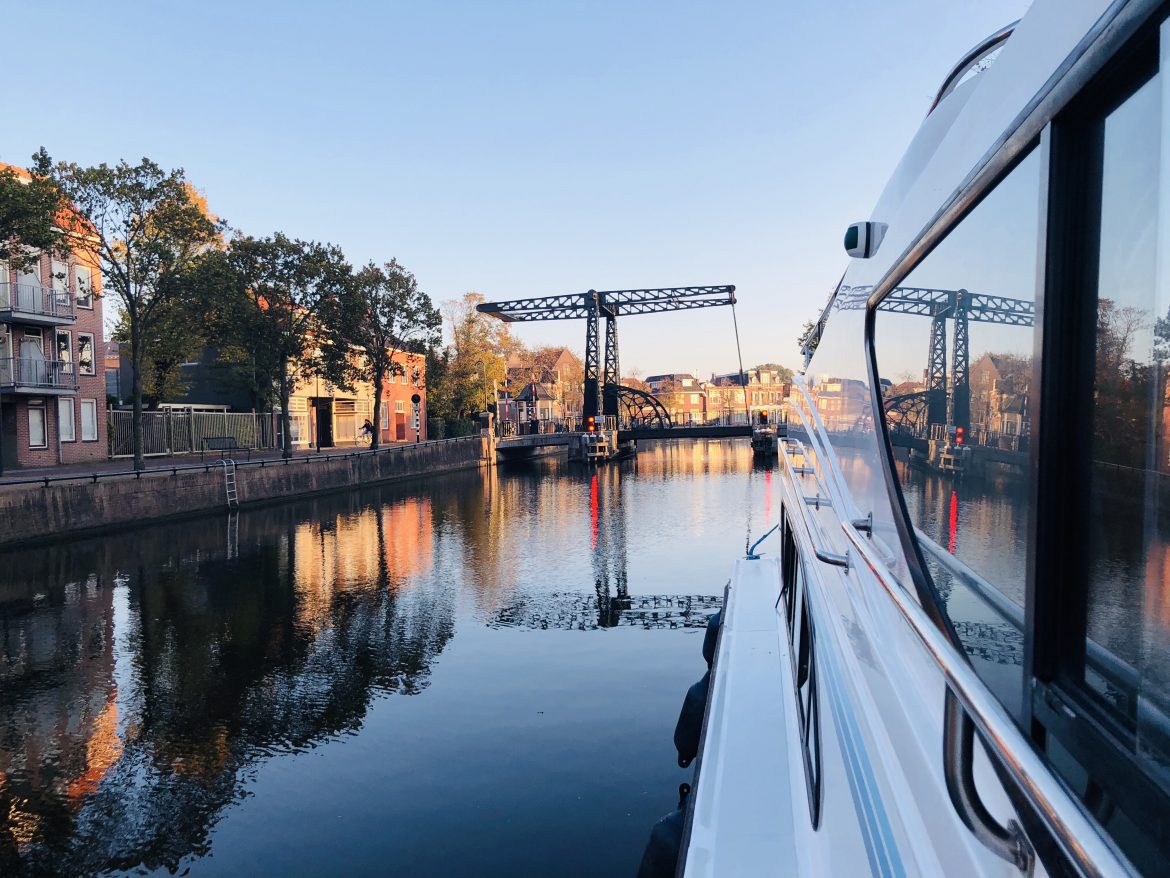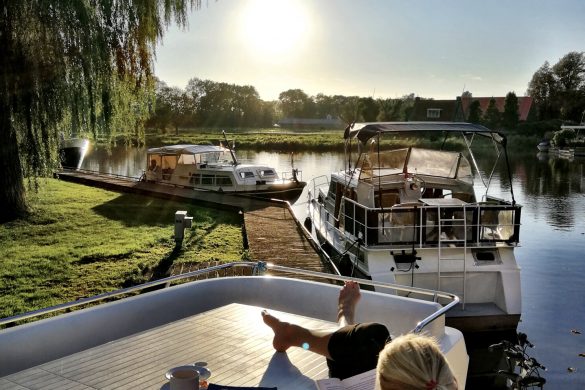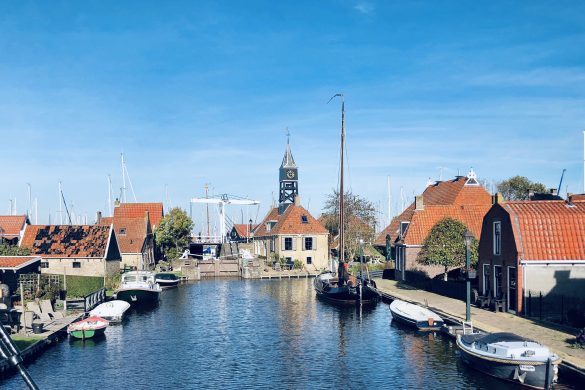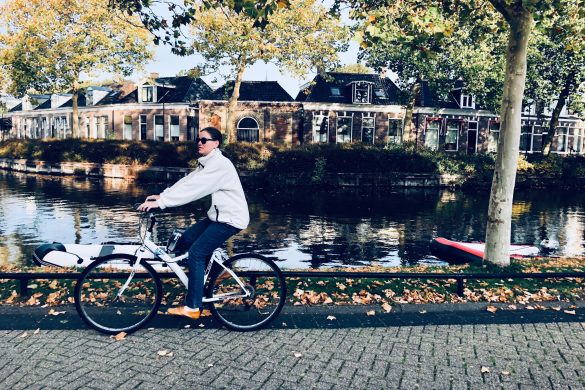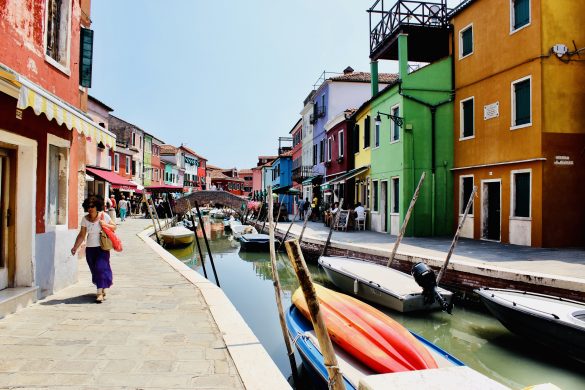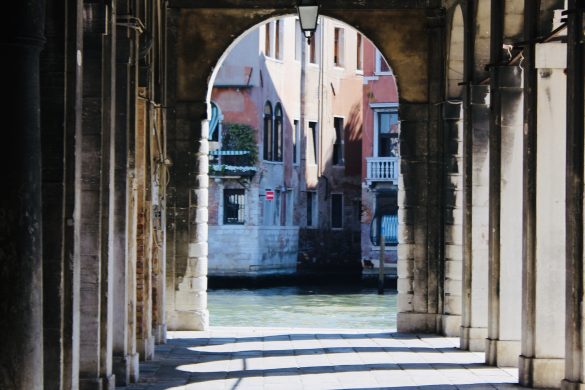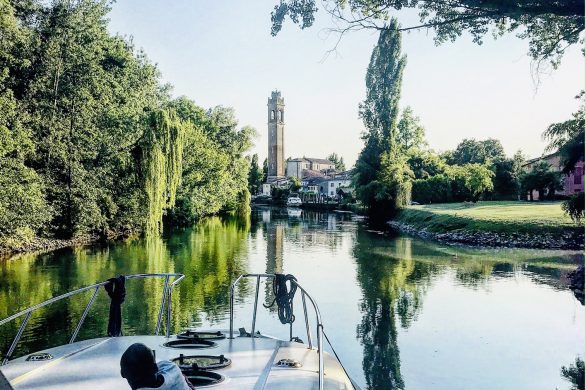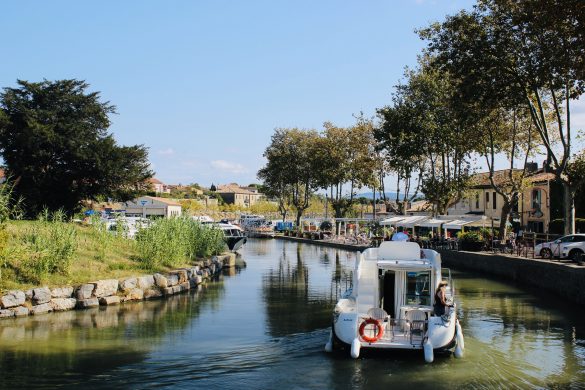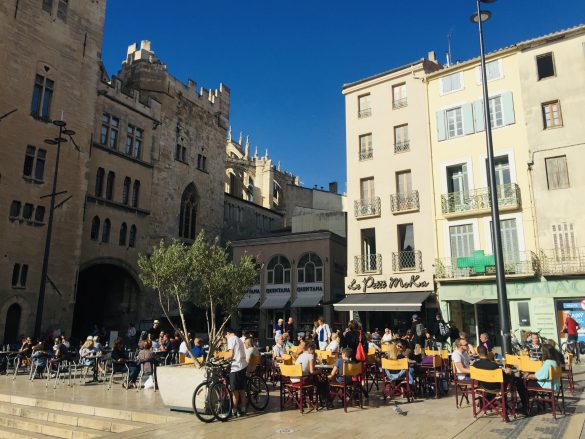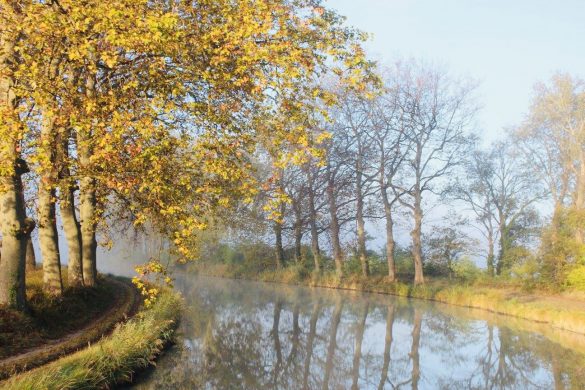There is little to beat exploring Europe by boat. – By Allison Foat
Recreational barging is a novel way to explore some of the continent’s bucket-list countries and, being both affordable and uncomplicated, has become an increasingly popular way for friends and families to travel. For starters, no licence is required to get behind the wheel of a craft that meets specific size and speed criteria. Whether you’re proficient in skippering or not, all it takes is the thorough on-board boating 101 and good teamwork to ensure smooth sailing. I have been lucky enough to experience a few barging trips in Europe. These are my favourite places and top tips.
Friesland, Holland
These days the destination choices are numerous and each comes with its unique offering. One of the newest Le Boat routes to open up is in Friesland in the north of the Netherlands, just south of the Wadden Sea. With an abundance of brooks, rivers, lakes, waterways, pools and canals around them, Frisians say they have more words for bodies of water than for bread.
Friesland is famed for its 11 cities, so named for their historical significance, not size, with some having populations as low as 700. The cities are linked by a network of waterways, making the province ideal for a barging vacation. Known for lush farmlands, black-and-white cows, windmills, its own language (with equal status to Dutch), interesting culture and creative spirit, the sparsely populated region is pretty as a picture, with a distinctly Nordic feel.
Leisure boating is always a soothing experience and even more so in this tangibly peaceful part of the world that is inhabited by jolly, welcoming and patriotic folk. It’s possibly the closest example of a Utopian society you’ll ever find.
As is typical with boating, you can stretch out your sail time and complete the round-trip from the Hindeloopen boat base
in a week. Unlike the Canal du Midi, it’s a lock-free route with only a handful of bridges to go through. No matter the season, Frisians are big on water sports so if you’re into kiteboarding, windsurfing or water-skiing, head to Hindeloopen. If that’s not for you, you can unhitch your bicycle from the boat and pedal through villages, exploring and shopping for delicious Dutch cheeses and bread rolls from the local bakeries. Friesland is also home to the 11Fountains, stunning art installations following a water theme, created by top international artists from 11 different countries for each of the 11 cities. Aside from the fountains, the impressive tourist offerings include museums, heritage sites, cathedrals, memorials, galleries, speciality stores, outdoor markets and unusual exhibitions. In Sloten, the smallest of the 11 cities, we discovered the outdoor Colorfield Performance, 499 paintings by 2 000 artists displayed on oversized easels in a field alongside the canal. Amsterdammers may not always agree, but Friesland is full of pleasant surprises and deserves a visit.
Venice, Italy
The journey into Venice begins at the boat base at Casale sul Sile in Treviso in the northeast of Italy. It’s a laid-back cruise through olive-green waters, and easily done in two days. The Sile River courses past towns and modest riverbank homes and in peak summer there’s nothing better than to kick back on board, sip chilled Prosecco and feast on local fare. As the boat enters the Laguna Veneta the waters become choppier, which can be a little daunting for first-timers. Keep focused (have the base manager on speed dial), and before long you’ll find yourself puttering into Murano and Burano – magical little islands known for their glass and lace industries. Together with Venice itself, they are the high points of
this trip. Murano is a showcase of gorgeous glassware and is where you’ll find the Museo del Vetro, which unpacks the history of glassmaking through the ages.
Neighbouring Burano is famous not only for its colourful facades, leaning bell tower and lacemaking industry, but also for being the happiest island in Italy. These two stops pave the way for Venice itself, an archipelago of more than a hundred tinier islands, all interconnected via canals spanned by arched stone bridges. It’s a magical place, dripping in antiquated glory. One minute you’re enjoying an Aperol Spritz at the posh Café Florian on the Byzantine Piazza San Marco and the next you’re dodging low-flying pigeons down narrow lanes and stopping for an espresso and snacks at a hole-in-the-wall Osteria, rubbing shoulders with locals. The contradictions are wonderful. The poet Joseph Brodsky once said, ‘Venice is part damp oxygen, part coffee and prayers.’ It is exactly that and so much more.
Canal du Midi, France
Google ‘barging in France’ and it’s likely that Canal du Midi will rank first. A glorious baptism for barging, it’s almost impossible to pinpoint one highlight as everything about the experience is bankable, beginning with Carcassonne, a 10-minute cab ride from the Trèbes boat base. Dating back 2 500 years, it consists of La Cité, a fortified citadel on a hilltop, and Bastide Saint Louis lower down and often overlooked by tourists more focused on the Disneyesque castle above.
The UNESCO World Heritage Site is a fine example of Roman, Medieval and Gothic architecture and a fitting place to begin your French adventure. If you’re there in the summer, the citadel buzzes with the annual Festival de Carcassonne and with concerts in the Theatre de la Cite amphitheatre, circa 1908.
Doing the Midi from Trèbes to Narbonne on the Spanish border takes up to seven days through prime wine country with rolling vineyards as far as the eye can see. The smell of fermenting grapes wafts through the air and wine tastings along this picturesque part of the Languedoc region are a given. Mooring under ancient plane trees and watching the sunset with a superb bottle of locally produced vino is a glorious way to end the day. Each village is as charming as the next so there are many that warrant both a stop and a stay.
The old harbour of Le Somail is particularly beautiful. Here you’ll find the famous grocery barge and Le Trouve Tout du Livre bookshop. Moor at Paraza and hire a classic old convertible Citroën 2CV to explore the unspoilt Minervois region. Quaint cafés at locks like the one at Puichéric beckon boaters with craft beer and fresh produce. At Aiguille, lock keeper Joël Barthès has made quite a name for himself with his quirky sculptures that have been fashioned from iron, ceramics and wood sourced from the surrounding forests. From Homps, another boat base, we cycled to Olonzac to visit the weekly market (open Tuesday mornings only, so plan accordingly) selling irresistible delicacies like home-made pistachio nougat, bright-yellow sunflower honey and cloudy olive oil. A fun activity is cycling along the paths parallel to the canal while the boat continues slowly alongside you.
Narbonnes is a stunning finale to the trip and it’s worth spending a day or two here to see as much as possible, such as Les Halles produce market, the gothic Cathédrale Saint-Just et Saint-Pasteur and Donjon Gilles Aycelin with its sensational views. Considering Narbonne’s proximity to Spain and the fact that it lies within a region that was once part of Catalonia, a strong Spanish influence is evident and manifests in the architecture, language, culture and cuisine.
For South Africans feeling the pinch of the rand against the euro, a boating vacation offers the opportunity to pool resources and have an adventure through one of the most glorious parts of the world. Everyone should try it, at least once.

